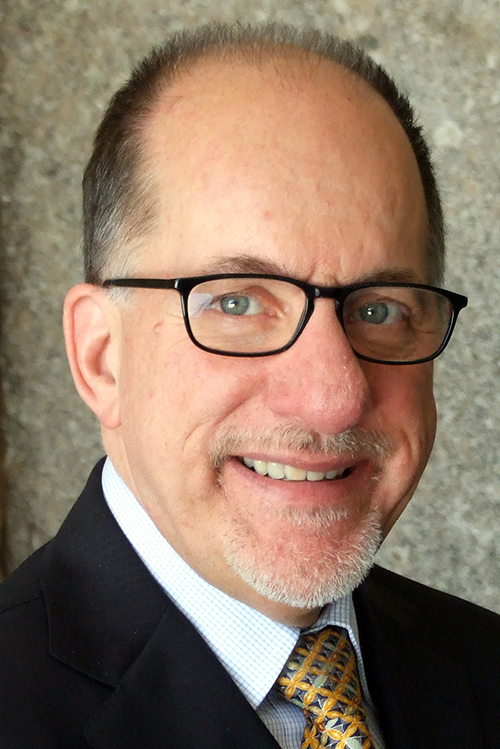Direct Primary Care is Emerging as a New Healthcare Model in the US, But Are Clinical Laboratories Prepared to Bill Patients Directly?
If insurance plans are removed from the billing cycle for primary care, it’s not clear how clinical laboratories will be reimbursed for their services
Direct Primary Care (DPC) is gaining popularity in the United States. This emerging movement enables primary care providers to bill patients directly for services rendered, bypassing traditional health plans. On a large scale, employers can contract with primary care practices directly for their employees’ primary care coverage. The idea is to lower healthcare costs. But what exactly is DPC and how are clinical laboratories affected by it?
In operation, direct primary care is similar to concierge medicine, where a patient pays an annual retainer for direct access to a specific healthcare provider. DPC practices offer members unlimited, on-demand visits to primary care physicians for a flat, monthly fee.
The DPC movement has its own lobbying group—the Direct Primary Care Coalition—which supports physicians who opt to practice direct primary care. According to the group’s website, there are currently about 1,000 DPC practices in 48 states which serve over 300,000 patients.
DPC has gained Senatorial support. In December, Senators Bill Cassidy, MD (R-LA), Doug Jones (D-AL), Jerry Moran (R-KS) and Jeanne Shaheen (D-NH) introduced legislation to “lower the cost of healthcare and expand patients’ access to their primary care providers.”
Their bill (H.R. 3708), titled the “Primary Care Enhancement Act of 2019,” would amend the Internal Revenue Code of 1986 to “allow individuals with direct primary care service arrangements to remain eligible individuals for purposes of health savings accounts, and for other purposes.”
A press release announcing the Senate version of the bill (S. 2999), described DPC as a model that “encourages patients to develop personal relationships with their primary care physician, including extending access to care beyond office visits and business hours and through telemedicine. It focuses on prevention and primary care, relying less on specialist and hospital referrals. It is a growing model used by more than 1,000 practices across 48 states and the District of Columbia.”
The press release also states, “DPC models replace copays and deductibles with flat, affordable monthly fees. Current law makes DPC incompatible with health savings accounts (HSAs) paired with high-deductible health plans (HDHPs).”
Direct Primary Care in Practice
Physicians seem to like the DPC model. It frees them, they say, from the unnecessary interference of insurance providers, the burdens of excessive paperwork, and ever-increasing administration costs, while allowing them to have a better patient-doctor relationship.
“I know all my patients by name. I have time for them,” Matthew Abinante, DO, told The DO, a journal of the American Osteopathic Association (AOA). “I probably interact with about 20 patients a day when you factor in the electronic communication.”
Abinante is a board-certified family physician. He practices at Elevated Health, a direct primary care practice in Huntington Beach, CA. Patients pay an average of $75 per month for membership. This fee includes unlimited same day/next day appointments and the ability to talk to a doctor via telephone, e-mail, text, or video chat—24/7.

At Elevated Health, some minor clinical laboratory tests and procedures are included in the monthly fee. They include:
- Minor suturing,
- Cryotherapy, and
- Skin biopsies.
Other medical laboratory testing, imaging, and medications are available to patients at contracted wholesale prices, which are quoted up front. This is consistent with the trend for price transparency in healthcare.
“What everyone really needs to know is that patients do get better care when their doctor is more satisfied with what they’re doing. And that takes time. What the [fee-for-service] system cannot provide us is time with the patient,” Tiffanny Blythe, DO, told The DO. Blythe runs Blue Lotus Family Medicine, a DPC practice in Kansas City, MO.
When Direct Primary Care Does Not Work
The DPC model has been tried before. In 2010, a DPC provider called Qliance was formed primarily on investment capital from Jeff Bezos of Amazon. The goal was to free doctors and patients from the constraints of traditional health insurance.
Qliance opened several clinics in the Seattle area and by 2014 had nearly 50,000 DPC patients—including employees of Expedia and Comcast. It also had a contract to provide primary care services with a state Medicaid insurer. Nevertheless, Qliance closed in 2017.
“We would open up a clinic and add a bunch of docs before we had enough patients to pay for it,” Nick Hanauer, a Seattle venture capitalist and investor in Qliance, told STAT.
“It’s just hard to get the customers because you had to break the paradigm that was in everyone’s heads about how healthcare had to work, and you had to disrupt the relationships people had with their insurance companies,” Hanauer explained.
“Somebody with more economic power than we had could do this—and should,” he added.
Not All Physicians Support Direct Primary Care
Since the DPC model is so new, there is little research or statistics to confirm it will have a positive effect on healthcare outcomes or lower healthcare costs. Some healthcare professionals have reservations about direct primary care. Their concerns include the potential for less oversight of practitioners and the possibility that patients will slight themselves regarding insurance coverage.
“What we don’t hear about are the people who need more than can cover and what happens to them when they fall into that gap,” Carolyn Engelhard, a health policy analyst and Assistant Professor at the University of Virginia School of Medicine. “We don’t know if they just don’t get care or then enter the traditional healthcare system and start over.”
There are also concerns that DPC plans could draw a large percentage of healthier patients, which could raise costs for those in traditional insurance plans, and that it may be more difficult for DPC patients to gain access to needed specialists and other services.
“Healthcare is fragmented, and if we continue to have little carve-outs so some [doctors] can practice medicine the way they want, it is not helping to make the system more responsive and integrated,” Engelhard added.
Nonetheless, both Direct Primary Care and Concierge Medicine are growing in popularity in the US. And because it’s unclear how clinical laboratories would interact with or bill DPC practices, clinical laboratory leaders should keep a close eye on this trend.
As more patients opt for these models of care, healthcare organizations, pathology groups, and clinical laboratories will have to create ways to adapt. Since DPC practices are out of most networks, clinical labs may have to bill patients directly for their services. Not all clinical labs are prepared to do that, and those that are could experience a slowdown in the payment process. Labs may also have to contract with physicians to provide testing services on a pre-determined wholesale cost basis.
—JP Schlingman
Related Information:
Can Amazon Cut Insurers Out of Primary Care?
A Pioneer In ‘Flat-Fee Primary Care’ Had to Close Its Clinics. What Went Wrong?
5 Things to Know About Direct Primary Care
10 Differences Between Concierge Medicine and Direct Primary Care




